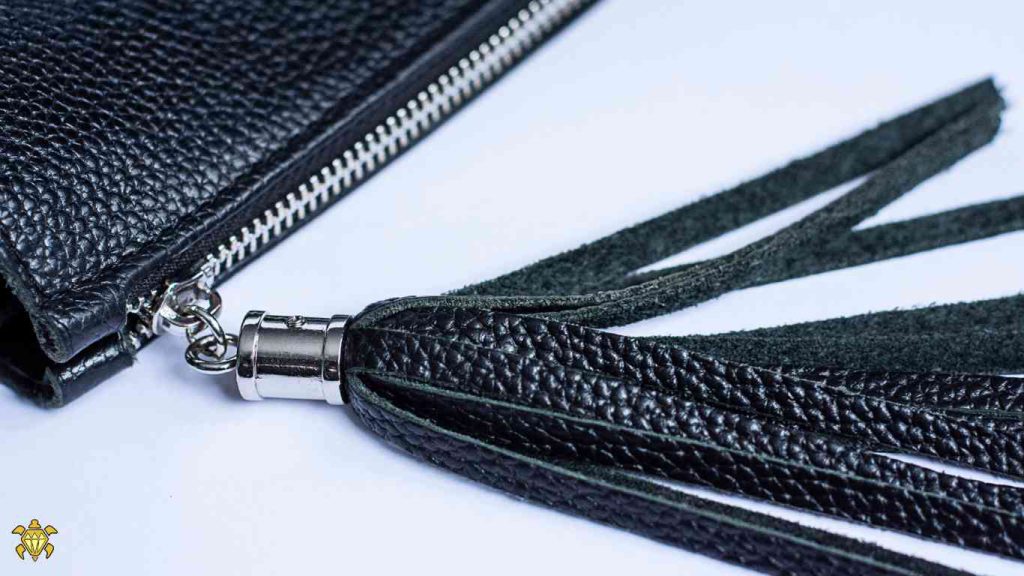Introduction:
Water taps, also known as faucets or spigots, are essential fixtures found in homes, commercial buildings, and public spaces.
These devices provide controlled access to water, allowing individuals to regulate the flow and temperature for various purposes. Behind the functionality and design of water taps lie numerous raw materials that contribute to their construction, durability, and aesthetic appeal.
This in-depth article aims to delve into the raw materials used in the production of water taps, highlighting their properties, sources, and significance in faucet manufacturing.
Metals:
Metal alloys are widely employed in water tap construction due to their strength, corrosion resistance, and aesthetic qualities. Several types of metals are commonly used, including:
Brass:
Brass, an alloy of copper and zinc, is one of the primary materials used in water taps. It offers excellent corrosion resistance, durability, and ease of fabrication. Brass faucets can be polished, plated, or coated to enhance their appearance and protect against tarnishing. The zinc content in brass also provides antimicrobial properties, inhibiting the growth of bacteria.
Stainless Steel:
Stainless steel is another popular material utilized in faucet manufacturing. It contains iron, chromium, and other elements that provide exceptional resistance to corrosion, staining, and heat.
Stainless steel taps are favored for their durability, hygienic properties, and modern aesthetic appeal. They are commonly used in kitchens and bathrooms, where water exposure is frequent.
Zinc Alloys:
Zinc alloys, such as zamak, are sometimes employed in the production of water taps. These alloys, composed primarily of zinc with small amounts of aluminum, magnesium, and copper, offer good strength and dimensional stability.
Zinc alloys can be easily cast and finished with different surface treatments, including chrome plating.
Ceramic Discs:
Ceramic discs are crucial components within water taps, responsible for controlling the flow and temperature of the water.
These discs are made from advanced ceramic materials, such as alumina (aluminum oxide) or zirconia (zirconium oxide). Ceramic discs provide smooth and precise operation, ensuring leak-free performance and extended durability.
The high hardness and wear resistance of ceramic discs contribute to their longevity, making them an integral part of high-quality faucets.
Rubber and Silicone Components:
Rubber and silicone materials are utilized in water taps to provide sealing and flexibility in critical areas. These components ensure that water flow is controlled efficiently and prevent leaks. Various rubber types, including nitrile rubber (NBR) and ethylene propylene diene monomer (EPDM), are used for gaskets, O-rings, and seals within the tap mechanism. Silicone rubber, known for its excellent heat resistance and elasticity, is also employed in faucet manufacturing.
Plastics:

Plastics play a significant role in water tap production, providing lightweight, cost-effective, and corrosion-resistant solutions. Common plastic materials used include:
Acrylonitrile Butadiene Styrene (ABS):
ABS is a thermoplastic known for its impact resistance and mechanical strength. It is often used for faucet handles, trim pieces, and decorative components. ABS can be easily molded into intricate shapes, allowing for diverse design possibilities.
Polyoxymethylene (POM):
POM, also referred to as acetal or Delrin, is a high-performance engineering plastic. It possesses excellent dimensional stability, low friction, and resistance to chemicals and wear. POM is frequently used for faucet valve cartridges and other moving parts that require smooth operation and durability.
Polyethylene (PE) and Polypropylene (PP):
PE and PP are versatile thermoplastics used for various components in water taps, such as water supply lines and connectors. These plastics offer good resistance to chemicals, flexibility, and affordability.
Ceramic or Glass Inserts:
Some high-end water taps feature ceramic or glass inserts that enhance their aesthetic appeal and functionality. These inserts are typically found in the handles or spouts of designer faucets. Ceramic inserts offer a smooth, polished surface, while glass inserts can provide a translucent or transparent element, adding a touch of elegance to the tap design.
Surface Coatings:
To enhance the appearance, durability, and functionality of water taps, various surface coatings are applied. These coatings serve multiple purposes, including:
Chrome Plating:
Chrome plating is a common surface treatment used in faucet manufacturing. It provides a shiny, reflective finish, enhances corrosion resistance, and simplifies cleaning and maintenance.
PVD Coatings:
Physical Vapor Deposition (PVD) coatings are thin, durable layers applied to water taps through a vacuum deposition process. These coatings can provide a range of finishes, such as brushed nickel, matte black, or gold, offering both aesthetic appeal and enhanced durability.
Powder Coating:
Powder coating is an environmentally friendly alternative to traditional liquid coatings. It involves applying a dry powder to the faucet surface, which is then cured to form a tough, durable finish. Powder coatings provide excellent resistance to scratches, chipping, and fading.
Conclusion:
Water taps incorporate a wide array of raw materials to ensure functionality, durability, and aesthetic appeal. Metals such as brass, stainless steel, and zinc alloys provide the structural framework, while ceramic discs, rubber, and silicone components enable precise control and sealing.
Plastics offer lightweight and corrosion-resistant solutions, while ceramic or glass inserts add a touch of elegance. Surface coatings, such as chrome plating, PVD coatings, and powder coatings, further enhance the faucet’s appearance and durability.
By understanding the diverse raw materials used in water tap production, consumers and industry professionals can appreciate the craftsmanship and quality behind these essential fixtures.






